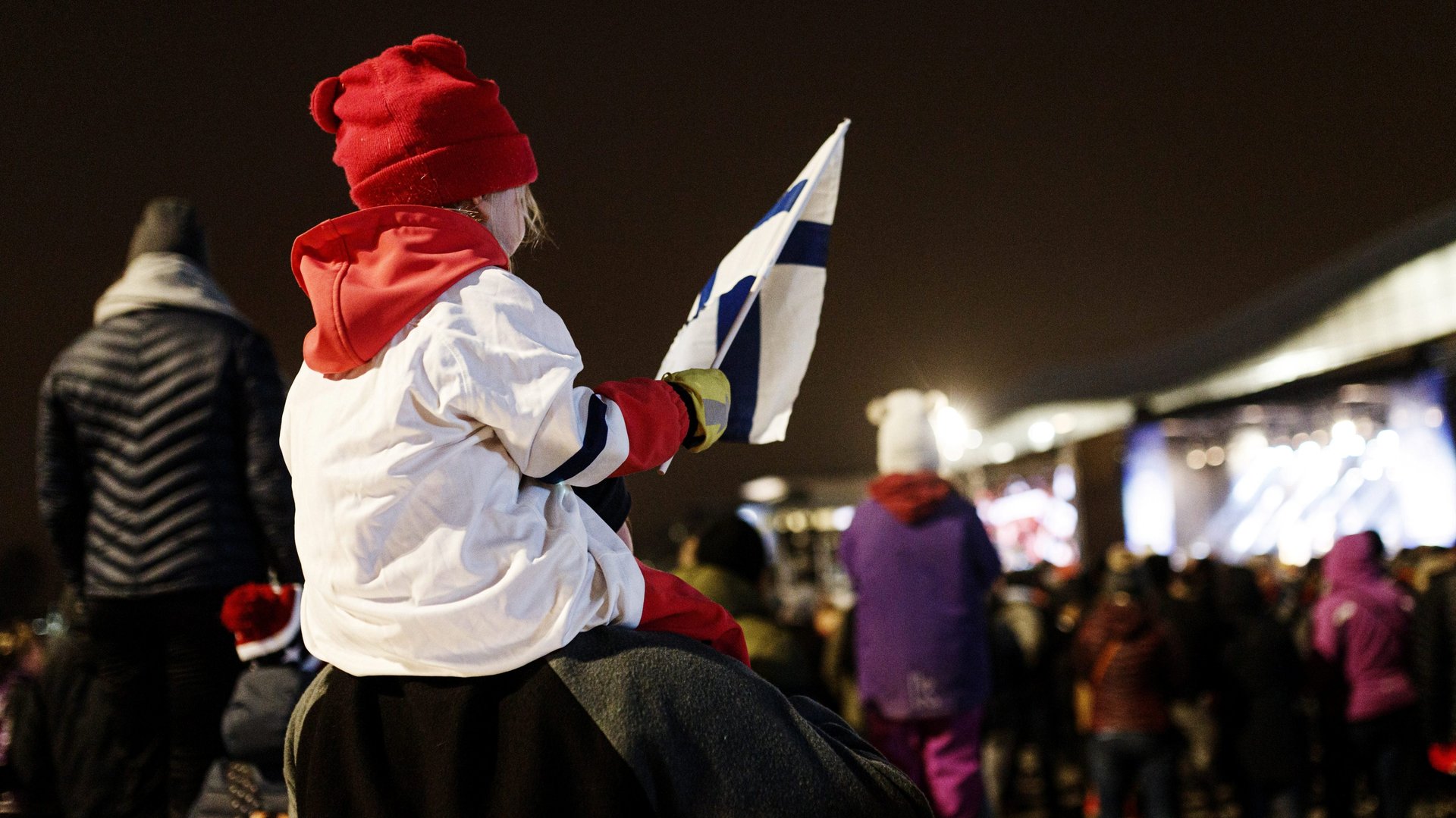Finland has the most efficient education system in the world
Students in some places, like Singapore and Hong Kong, spend a lot of time learning both in and out of school, and it shows: they are top performers in PISA, the OECD’s test of 15-year olds. Others, like the US, spend a lot of time studying but get middling results; the endless lessons and homework don’t seem to produce results.


Students in some places, like Singapore and Hong Kong, spend a lot of time learning both in and out of school, and it shows: they are top performers in PISA, the OECD’s test of 15-year olds. Others, like the US, spend a lot of time studying but get middling results; the endless lessons and homework don’t seem to produce results.
But countries like Finland—where school starts at age seven, there’s not much homework, and kids don’t take high-stakes tests (so there is no need for expensive tutoring)—students test well while putting in fewer hours of study. Andreas Schleicher, head of the education unit at the OECD, calls this “learning productivity.”
In the latest batch of PISA results, released today, mapping the scores for reading against the time that students spend learning were all over the place:
In terms of reading test score points per hour of learning, Finnish students came out on top, followed by kids in Germany and Sweden. In these places, students “learn a lot in very little time,” Schleicher said. Canada, Japan, and the UK came out with productivity above the OECD average, but China, Singapore, and the US ranked a bit below it.
At the other end of the scale, students in the United Arab Emirates spent the most time studying of any country tested, but their test scores were relatively low.